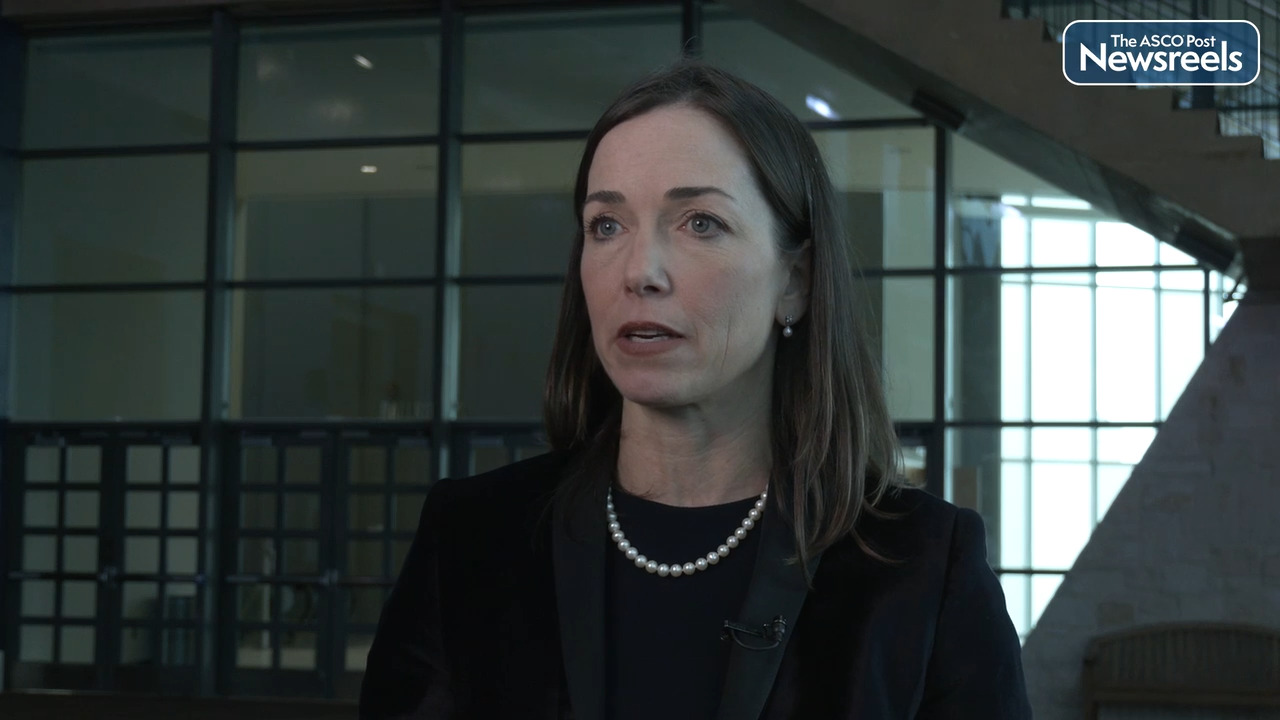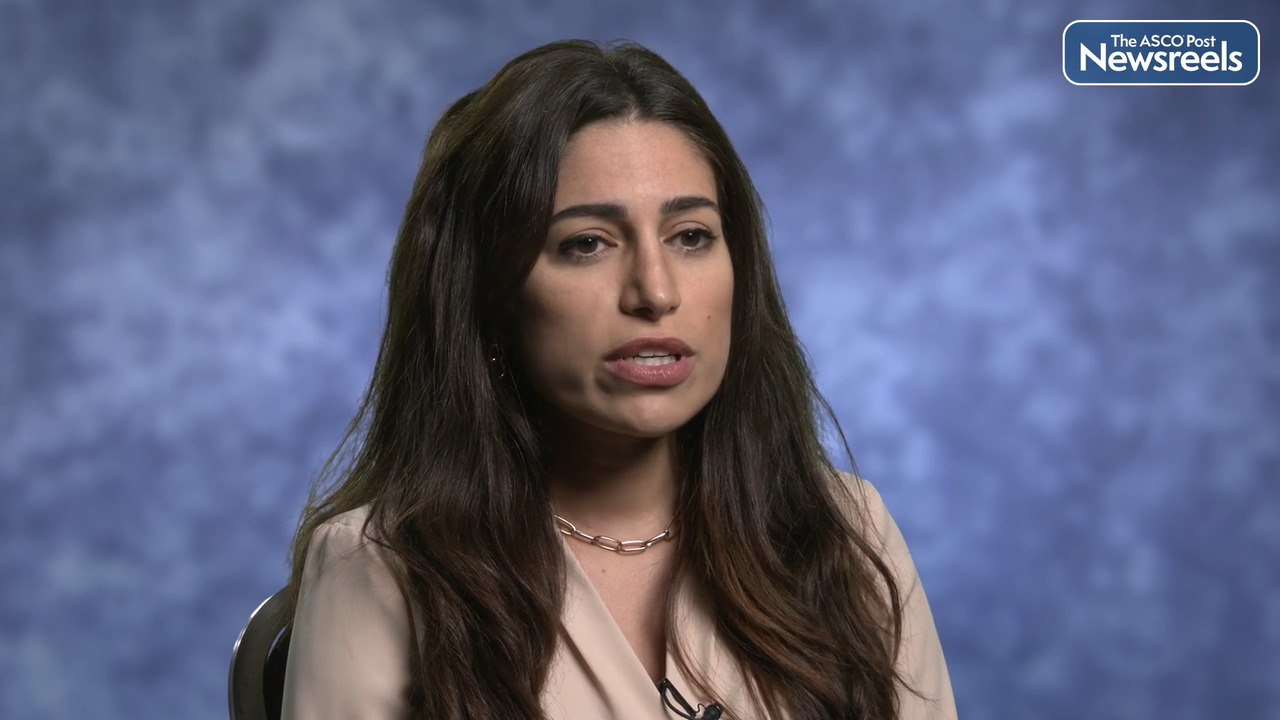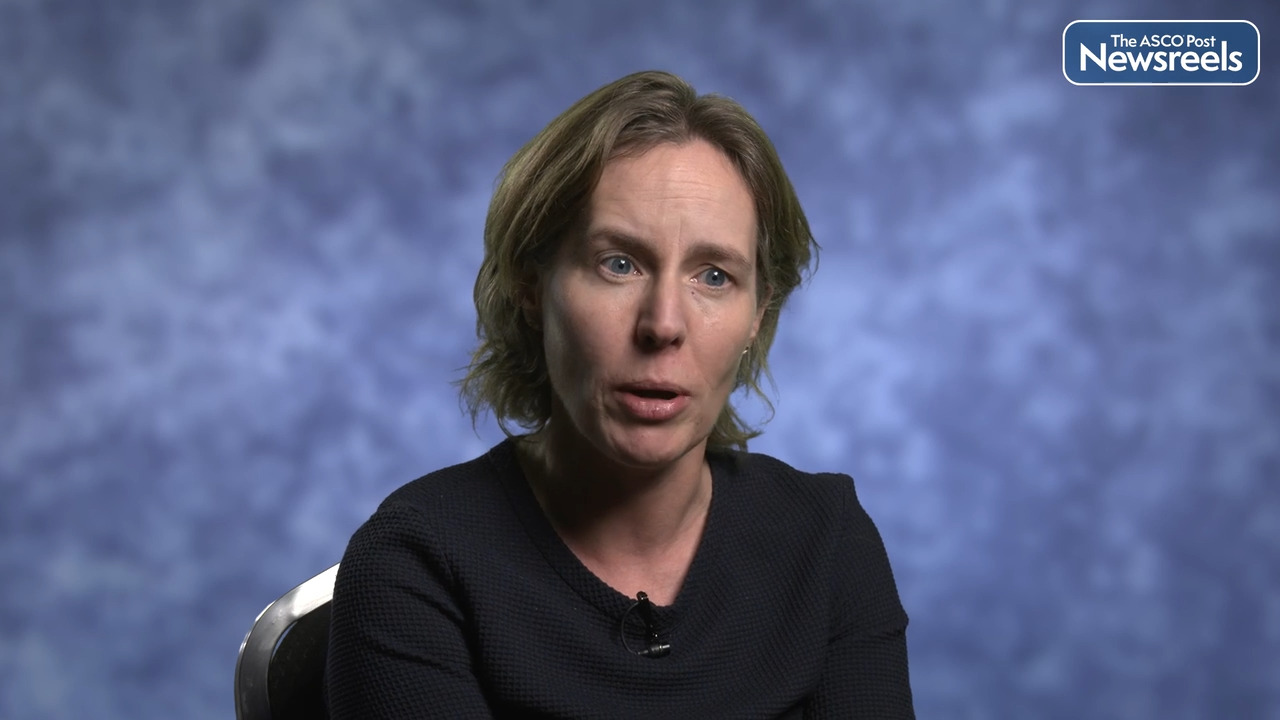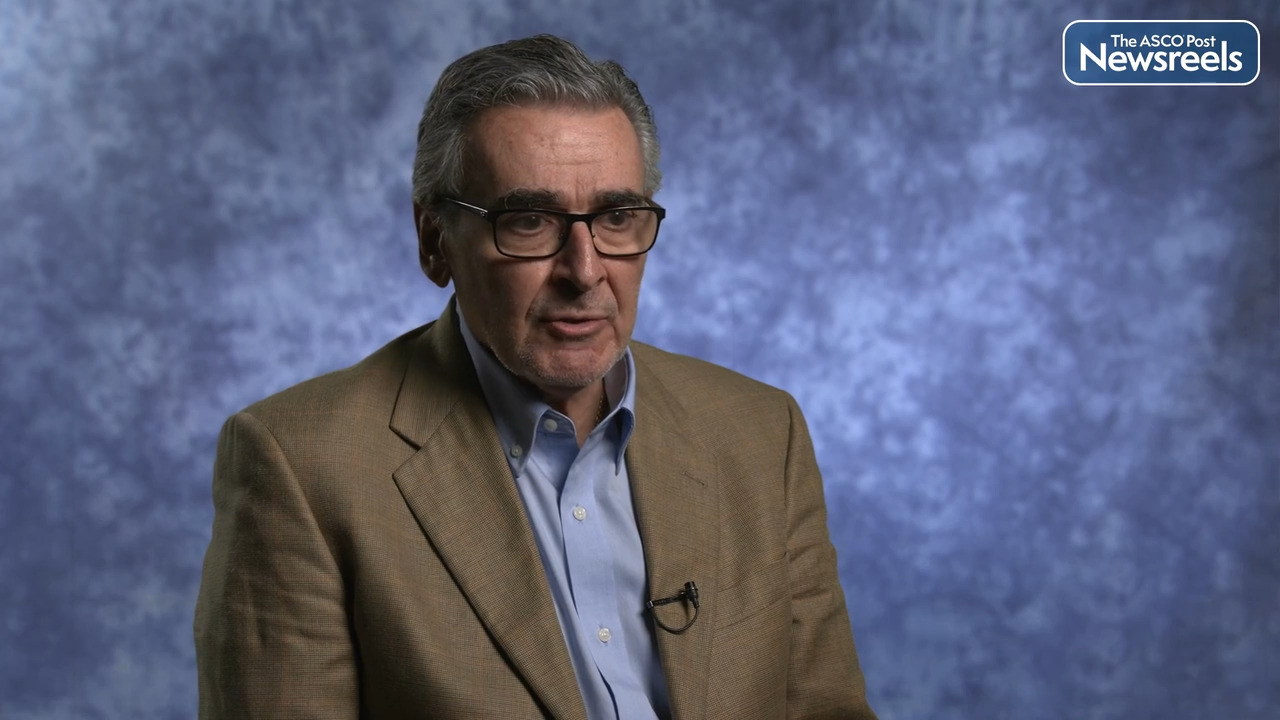Transcript
Disclaimer: This video transcript has not been proofread or edited and may contain errors.
The soft study was designed to evaluate the escalation of endocrine therapy, specifically the addition of ovarian suppression to standard endocrine therapy in premenopausal patients with early stage ER positive breast cancer. And what we know from that study is that overall, there was a benefit for the addition of ovarian suppression. The problem is that we still don't really know for sure which premenopausal patients need that approach, and we've been working very hard to try and find a biomarker that might indicate which patients are most likely to benefit. This is critical because ovarian suppression is associated with both short-term and probably not fully realized long-term toxicity. So, it is important to determine which patients are most likely to benefit. Additionally, some patients may stop taking their endocrine therapy altogether because of some of these side effects.
So what we know is that younger women who receive chemotherapy appear to benefit. There's also a composite risk score that can help to make this decision for us in clinic. However, unlike other ER positive scenarios, there isn't currently a genomic assay available to actually determine which patients are going to require ovarian suppression. So the Breast Cancer Index, or BCI, is made up of what's called a Molecular Grade Index, the H over I ratio, which is a comparison of two genes that are focused on estrogen signaling. What we know about the BCI is that it is prognostic for late recurrences in ER positive breast cancer. And additionally, the H over I ratio component has been shown to be predictive for who needs extended endocrine therapy beyond five years. So, it kind of made sense to look at this endocrine-based assay in patients from the soft study.
What we did was we had tumor blocks from just over half of the patients enrolled in the soft study. The characteristics of these patients very much mirrored the overall intent-to-treat population of the soft study. So what we found first of all is that BCI, which incorporates the molecular grade index and the H over I ratio, was prognostic in patients, whether they had node negative or node positive disease. So in other words, as the BCI went up, the rate of distant recurrence also went up.
The second thing we found was that looking at the H over I ratio in patients who had low H over I ratio, that was predictive for benefit from ovarian suppression. So what we found was that in that group of patients, if they got Exemestane plus ovarian suppression, they did much better than if they got Tamoxifen alone. And likewise, if they got Tamoxifen plus ovarian suppression, they did better than they if they got Tamoxifen alone.
Interestingly, we found that in the high H over I group, or the patients whose tumors had high H over eye ratios, this was not predictive in that group. We found that this prediction of the low H over I ratio was true in patients who had hormone receptor positive, HER2 negative breast cancer, regardless of age, regardless of nodal status, and regardless of whether the patients received chemotherapy or not.
Overall, these are exciting findings, since we don't have a genomic assay to tell us which premenopausal patients need ovarian suppression. I think it's something that we struggle with in clinic all the time. These results do need to be validated, and we are planning on looking at them in the tech study, for example. But I think if we validate these studies, this will give us a new tool for premenopausal patients in the clinic, so we can really determine what's the right endocrine therapy approach for them. So, for example, you could see a scenario where if it is confirmed, patients with low H over I cancers would receive ovarian suppression versus patients with high H over I cancers would actually take longer durations of endocrine therapy. So I think it's very exciting and we look forward to further data.





